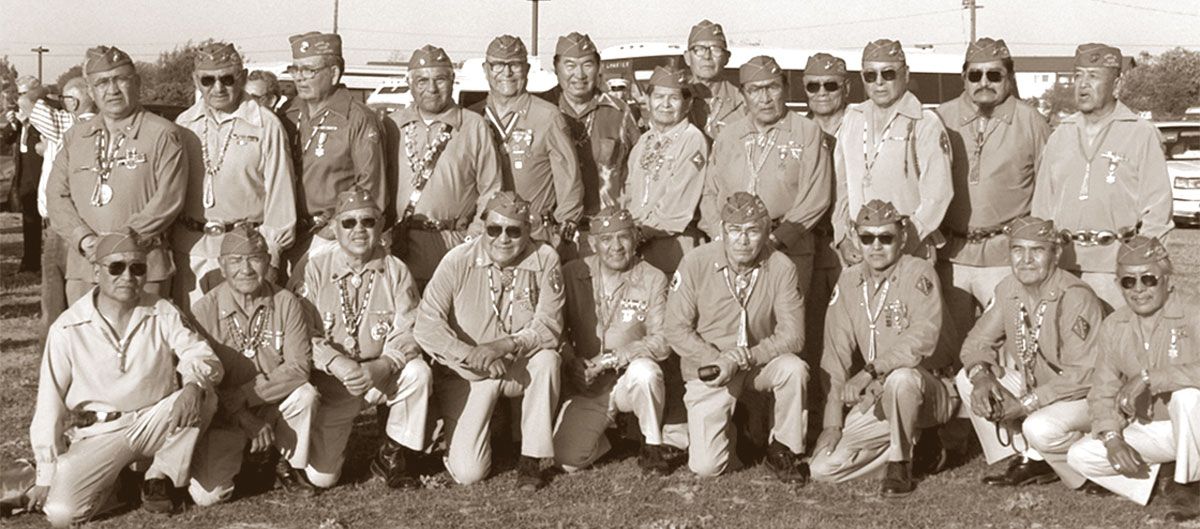The True history of the Thanksgiving Holiday

ANNE GROEBNER
As part of National Native American Heritage Month, I researched how Native Americans celebrate Thanksgiving. After reading write-ups about it from the Smithsonian Magazine, the National Museum of the American Indian, and a blog called “Nativehope.org,” I discovered the true story of Thanksgiving — and it’s not the story we were taught in grade school.
Growing up, I envisioned the Pilgrims and the Indians sitting around a table feasting peacefully on the fall harvest. I always knew that the feast was possible because the Natives taught the Pilgrims how to grow crops, hunt, and other rites that made it possible for them to survive. However, according to school book history, the focus was always on the Pilgrims and it reduced the Wampanoag Indians to supporting roles and erased the “monumentally sad” history.
“The true history of Thanksgiving begins with Native Americans.”
According to the Smithsonian and the National Museum of the American Indian, four years before the Pilgrims landed, British fishermen were already in America spreading havoc among the Native villages. They kidnapped Native people and sold them into slavery. They also brought with them epidemic illnesses that wiped out many villages (at a rate of 90 percent) which made it easier for the settlers to overpower them.
“This initial explosion of death is one the greatest tragedies in human history because it was unintended and unavoidable and even inevitable.”
The Wampanoag Tribe, at one time, had 69 villages scattered throughout the area now called Rhode Island and Massachusetts. They, like many Native Tribes, had a “reciprocal relationship with nature.” They believed that as long as they gave thanks to the bountiful world, it would give back to them — “Long before the Pilgrims arrived, the Wampanoag held frequent Thanksgiving-like celebrations, giving thanks in the form of feasts and ceremonial games.”
By the time the Pilgrims showed up, the plague had wiped out entire villages and the Wampanoag were struggling to fend off their nearby enemies, the Narragansett Tribe, who were less affected by the spread of diseases and outnumbered them. At this moment, the interests of the Pilgrims and the Wampanoag aligned. With little food and no knowledge of the land, the help from the Wampanoag was a life-saving partnership for the Pilgrims. The Europeans exchanged weaponry for food. With the help of an English-speaking Patuxet Indian named Tisquatum* (not Squanto) the Pilgrims produced a bountiful supply of food.
The feast of indigenous foods that took place in October of 1621, after the harvest, was one of thanks. Most notably, it symbolized the rare, peaceful coexistence of both parties.
Today, some Native Americans choose to reject the Thanksgiving holiday entirely, and instead honor it as a “National Day of Mourning.” However, some embrace the positive message that it represents knowing that the idea of giving thanks is and has been central to Native Americans and their culture. Thanksgiving is a chance to appreciate the good things in life, like family, community, and the riches of the land.
Long before the Europeans landed on the shores of this country, Native Americans celebrated the fall harvest and the gift of Mother Nature’s abundance. Native American spirituality traditionally emphasizes gratitude for creation and the care for the environment as well as the importance of communion with nature and their people.
Our Thanksgiving holiday originates from the Native American philosophy of giving without expecting anything in return. Even the food is inspired by indigenous agriculture and the teachings of the Wampanoag Tribe to hunt turkey.
In honor of National Native American Heritage Day, we give thanks for their abundant and incredible contributions then and today.
*Tisquatum spoke English because he had been kidnapped and sold in the European slave trade before making his way back to America.











